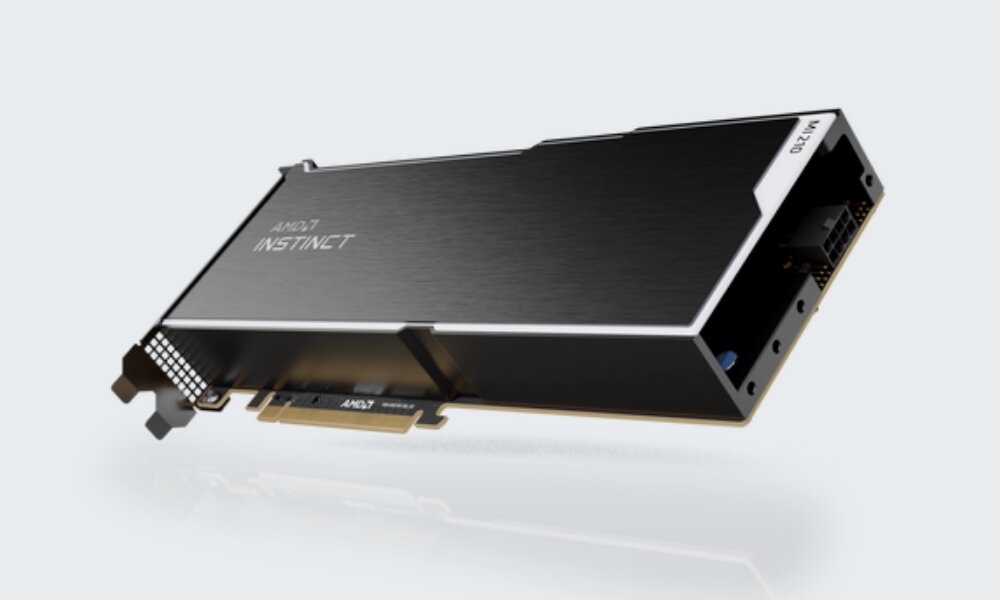
Vélib Métropole announces the arrival of a feature that will make life easier for Parisian cyclists.
Borrowing a Vélib to go home can sometimes be a real technical challenge. While the nerves of users are often strained, especially for those who do not have a Navigo pass, Vélib Métropole announces the arrival of a new feature that should greatly facilitate our task. From now on, it will be possible to unlock a self-service bicycle using your smartphone, under certain conditions.
On Android, since November 30, it has been possible to associate your phone with a Vélib ‘Métropole or Navigo card. Concretely, this turns into a pass for all the bikes in the Parisian park. On the dedicated application, all you have to do is go to the Dashboard tab and select Associate my NFC smartphone. Because yes, only phones with such a chip are affected (version 6.0 or higher), or 90% of Android phones available on the market. You will also have to go through the Wizway Solutions Contactless Ticket application to benefit from it.
How to do this once at the terminal?
Once your smartphone is linked to your account, it’s a snap. In front of the bike, you must first press the √ button. When the bike screen lights up, all you have to do is put down your precious phone and cycle through the streets of the capital.
Note, however, that this activation will make it impossible to use your Navigo or Vélib Métropole Card. It is currently not possible to multiply the supports. On the other hand, in the event that your smartphone has been stolen or that you have lost it, you can restore the priority of your card by going to the application settings. You will also be able to configure your new smartphone.
Not yet available on iOS
For the moment, users of a smartphone from the Apple brand cannot take advantage of this novelty. Vélib Métropole is nevertheless trying to reassure them, it will not be long. “This feature will be available on iPhone later”, now remains to be seen when. This was already the case during the deployment of the virtual Navigo, which initially only concerned certain Android smartphones.



